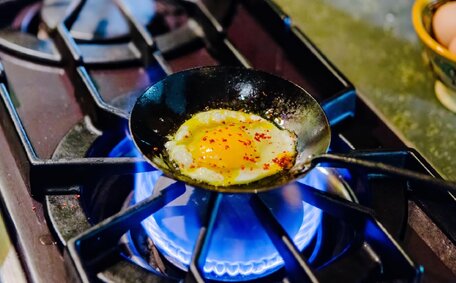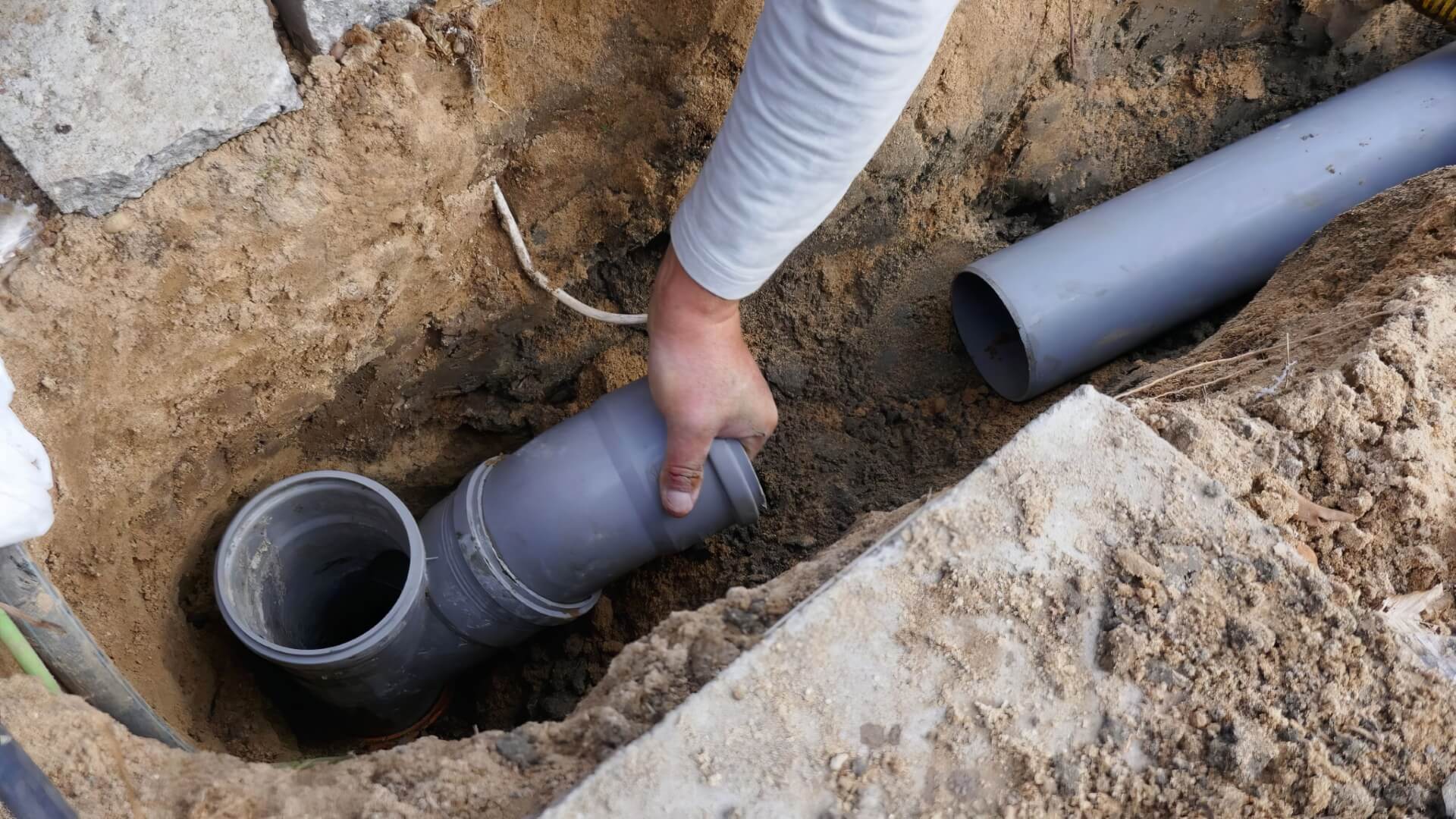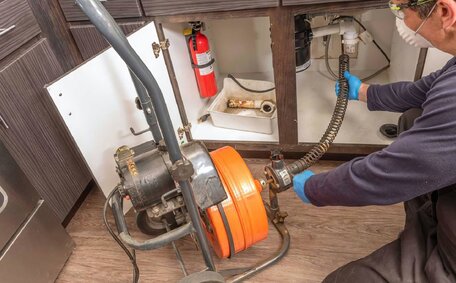Introduction to pipe relining in cold weather
Pipe relining, crucial for repairing damaged pipes, forgoes the need for complete replacement. It involves inserting a resin-impregnated liner into existing pipes to essentially create a 'pipe within a pipe’.
However, cold weather can pose significant challenges for pipe relining projects. Without proper precautions, freezing temperatures can cause significant damage to pipes and their linings. Prolonged freezing can also disrupt the curing process for resin-based liners.
This article explores the impacts of cold weather on pipe relining and outlines how plumbers utilise advanced techniques and technologies to mitigate these issues.
How cold temperatures affect pipes
Cold temperatures can significantly impact pipes in a number of ways. Materials such as copper, PVC, and cast iron that constitute pipes can contract and shift positions as temperatures decrease. This movement weakens pipe joints, making them more prone to crack or burst, a direct effect of cold weather on plumbing systems.
In addition, when water inside pipes freezes it expands, putting extra stress on the pipe walls. This stress from ice build up can cause a burst pipe scenario, where pipes crack and leak, or even burst completely. Pipes that run along exterior walls or in unheated spaces like attics and crawl spaces are particularly vulnerable to freezing in cold weather, potentially impacting your sewer system significantly.
The frequent temperature fluctuations in winter can also take a toll on pipes. Diurnal temperature changes, accelerated by melting snow and ice, can quicken the expansion and contraction of pipe materials, thereby hastening wear and potential failures.
Prolonged exposure to freezing temperatures also inhibits the curing process for cured-in-place pipe lining for water pipes. Resin liners need consistent warmth to set up properly and avoid clogging issues post-installation. Optimally, pipe relining should be scheduled in warmer months to ensure the resin sets properly.
Pipe freezing and bursting
Water expansion upon freezing can clog drains and exert excessive pressure on pipe walls. If this pressure exceeds the strength limits of the pipe material, it can compromise your hot water supply as pipes can burst. Pipes most prone to bursting are metal pipes and rigid plastic pipes.
Water begins to freeze inside pipes as temperatures drop below the freezing point, creating outward pressure on the pipe walls. This expansion exerts outward force on the pipe walls.
At the same time, frigid temperatures cause the pipe materials themselves to contract and become more brittle.
The combination of these two factors – outward pressure from ice expansion and pipe wall contraction – can leave your pipes cracked open. Once a crack forms, the force of water pressure causes it to burst open. High pressure spray from burst pipes can affect your property, leading to extensive water damage and flooding.
Insulating pipes, sealing openings, and maintaining heat are essential to prevent freezing and bursting. Dripping taps can alleviate pressure buildup from ice expansion in extreme cold. Our HVAC technicians and plumbers can winterize your home or business to keep it safe during the colder months.
Pipe contraction and expansion
Just as cold temperatures cause pipes themselves to contract, the frigid conditions also lead to contraction and shrinkage of cured-in-place pipe linings used in relining.
Most CIPP lining materials consist of resin, which loses pliability and begins to contract away from pipe walls at temperatures below 10°C, often exacerbating issues like infiltration from tree roots. This makes it difficult to fully adhere the liners in place.
Thermal contraction also introduces wear and stress on the materials, which can lead to early liner failures. This means relined pipes may need replacing sooner than their expected 30+ year lifetime if subjected to extreme or prolonged cold.
To counteract material shrinkage in cold conditions, professional plumbers can help by using specific winter-grade resins designed to cure at lower temperatures. They also rely on auxiliary heat sources at project sites to maintain ambient warmth for the full resin curing duration.
Pipe wall preparation and cleaning procedures must be modified to adapt to winter conditions. Specialty winter adhesives and sealants ensure a tight liner-to-pipe bond despite the cold working against proper adhesion.
Challenges of pipe relining in winter
During winter, plumbers encounter several key challenges with pipe relining:
- Hardening of relining materials - Epoxy resins and other materials for lining pipe become less pliable and more difficult to insert as temperatures drop below 10°C.
- Liner shrinkage - Thermal contraction causes freshly installed liners to shrink and pull away from your pipe walls as they cure, hindering adhesion.
- Slow curing times - Chemical reactions that cure resins can affect progress considerably slower in cold conditions, delaying full setup time.
- Equipment failures - Plumbing equipment like drain cleaners and pressure washers used for servicing the sewer line are prone to malfunctioning in freezing temperatures.
- Limited site heat - Providing auxiliary warmth to maintain ambient temperatures for the lining supply curing can be challenging outdoors.
- Pipe access issues - Snow accumulation and frozen ground make accessing external pipe segments more difficult.
While various methods exist to overcome these challenges, professional plumbers often schedule lining jobs for warmer months. They also use specialised winter-grade resins and pipe lining supply, heat-activated chemical accelerants, and portable heating units to facilitate successful liner installation and curing despite cold conditions.
Improved techniques like hydroscrubbing pipe walls using hot water under pressure allows proper cleaning and liners to adhere at temperatures as low as -4°C. So while cold weather relining requires more planning and equipment, existing solutions make year-round pipe renovations achievable.
Accessibility issues
Cold weather, along with heavy rain, can create several accessibility challenges during pipe relining projects. Heavy snow accumulation and frozen ground makes accessing buried exterior pipe segments more difficult and hazardous.
Frozen soil can easily prevent plumbers from digging down to exposed inlet pipes that require relining. To access deeply buried pipes safely, specialised thawing equipment that utilises heated ground penetrating fluids may be necessary.
Similarly, heavy machinery may be required to clear significant snow accumulations, akin to a salt lake, to access underground sewer pipes. Environments with accumulated snow and ice also reduce mobility, prompting the need to reach out for transporting relining equipment between sewer systems project sites.
Bitterly cold temperatures themselves reduce the available working hours for pipe relining. Extended exposure risks dangerous health impacts like hypothermia or frostbite, illustrating how location and climate play a role in plumbing work. Relining work may need rescheduling multiple times across warmer periods to ensure safe and consistent project progression.
Experienced plumbers utilise specialised winter techniques and equipment to conduct pipe relining, ensuring that hot water heaters remain unaffected even in frigid conditions. But increased costs, slower timetables, and heightened risks are par for the course when rehabilitating pipes during winter months.
Increased project duration
Cold weather can substantially extend the duration of pipe relining projects due to several factors:
- Hardened materials are more difficult for plumbers to work with, slowing down liner installation and adherence.
- Chemical curing reactions proceed slower in cold temperatures, delaying the liner setup process. A job that takes 24 hours in summer could take 48+ hours in winter.
- Frequent weather delays interrupt work schedules. Plumbers may need to reschedule tasks multiple times as frigid conditions persist.
- Safety protocols limit maximum daily exposure times for workers during extreme cold. Less working hours per day means that time can significantly stretch project timetables.
- Frozen access points force changes to job sequencing. Sections of relining may need postponing until thaws allow pipe access.
The increased durations of winter relining jobs also drive up labour and equipment costs. Hourly billing for additional working days, expensive thawing gear rentals, and heightened overheads for transporting protected worksites between locations soon adds up.
Onsite heating equipment can accelerate chemical curing, but budget constraints often preclude artificial warmth for entire municipal sewer lines. Therefore, elongated project timelines often remain as the sole viable option.
In many cases, plumbers advise customers to postpone non-emergency relining jobs till spring or fall. By postponing, one avoids the unnecessary delays and added costs that come with winter projects. But urgent relines can still proceed with the right preparations and expectations for expanded project timeframes.
Solutions for effective winter pipe relining
There are several effective solutions that professional plumbers can do to overcome the challenges of pipe relining in cold weather conditions:
Advanced epoxy resins
Winter-grade epoxy resins of a specialised nature enable pipe liners to adhere and cure successfully in cold temperatures. These resins remain malleable even below freezing to conform to pipe walls.
Chemical additives
Heat-activated chemical accelerants added to resins speed up the curing process. This reduces winter project durations that would otherwise drag on due to slowed chemical reactions.
Hydroscrubbing
Using hot water under high pressure to clean and prepare pipe walls allows liners to bond even in -4°C conditions.
Portable heaters
Powerful portable propane and electric heaters on site maintain ambient warmth for proper liner curing. Ducting heat directly into access points further elevates pipe temperatures.
Closed-circuit cameras
High-resolution CCTV cameras allow precise diagnosis and access planning for pipes under snow or frozen ground before mobilising for onsite work.
While cold weather relining requires more specialised gear and winterization measures, the latest plumbing techniques and technology make it achievable year-round for urgent repair needs.
Preventative measures for homeowners
Homeowners are advised to take several key steps to safeguard their pipes from winter damage:
Insulate pipes
Make sure your plumbing systems, particularly those exposed to cold air such as those in attics, crawl spaces, and exterior walls, are properly insulated is crucial. Pipe insulation tubing from hardware stores serves as a protective cold barrier, reducing the likelihood of pipe breakage.
Seal gaps and cracks
Carefully seal any visible cracks, gaps, or holes in exterior walls or foundations near pipes with caulking or insulation to prevent freezing winds entering. Even small openings can allow enough cold air contact to trigger frozen pipes.
Drain water systems
In holiday homes, switching off main valves and draining all water from pipes in advance of winter acts as a backup plan to prevent any liquid inside that could potentially expand and split pipes from freezing.
Maintain heat
With temperature in mind, setting thermostats to at least 15°C, even while away, ensures sure your hot water system and most interior pipes are protected from freezing. Gradually turning down heat is less stressful on your hot water systems than abrupt winter shut-offs.
Implementing preventative measures can help prevent common plumbing problems such as costly repairs due to burst pipes and protect your property. Consult our team or contact your local plumber to customise winterisation plans suiting your specific home or business pipe configuration.
Conclusion
As highlighted in this article, cold weather can significantly affect the pipe relining projects at your home or business. Freezing temperatures cause materials like epoxy resins to harden, which hinders pipe repair efforts, such as liner insertion and curing. Thermal contraction of materials also introduces issues that can affect your pipes’ durability over time.
Pipe relining can tackle cold-weather challenges through the use of specialised resins, chemical accelerants, hydroscrubbing, and onsite heating. While cold weather relining requires more planning and equipment, the latest trenchless techniques make year-round pipe renovations achievable.
To avoid unnecessary delays and expenses, we still recommend homeowners and businesses postpone non-critical relining jobs until warmer seasons if possible. But where urgent pipe repairs are needed, our team has the expertise to offer a seamless relining process, even throughout the winter months.
To enquire about pipe relining projects or for more information on protecting your plumbing from cold weather, discover the best options for you by emailing us or calling Drummoyne Plumbing at 1300 349 338.
We’re here to help; our fully qualified winter plumbing experts are on hand to discuss your needs and offer customised recommendations, ensuring your water heater and supply remain reliable throughout the winter.






